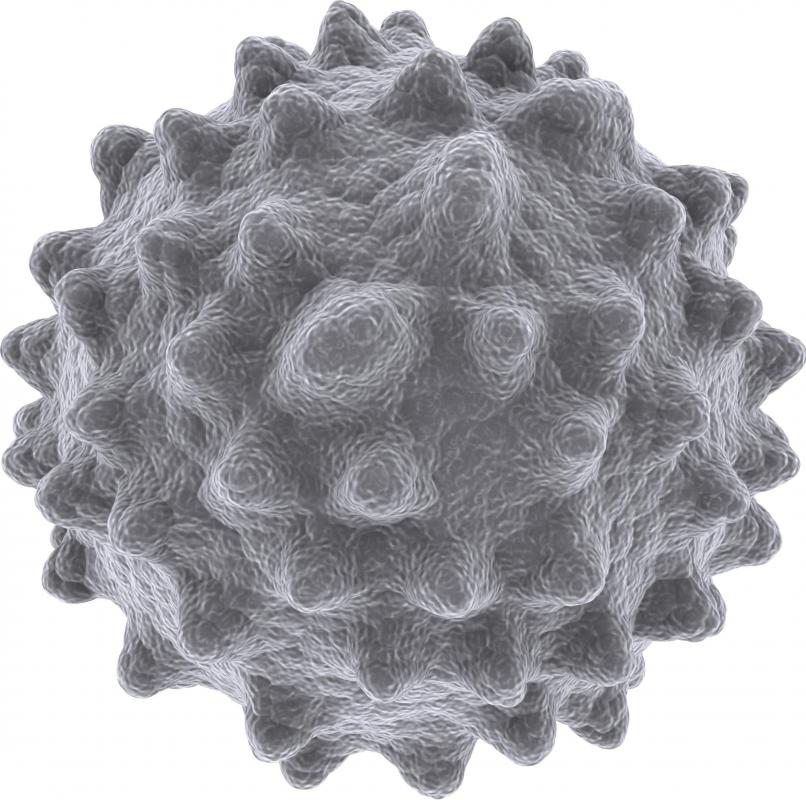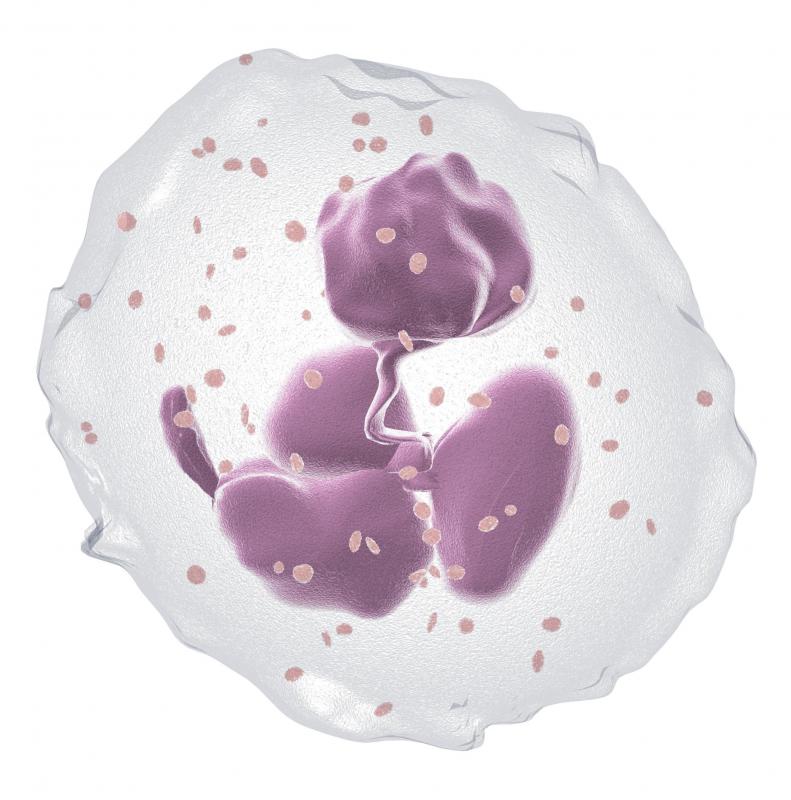At TheHealthBoard, we're committed to delivering accurate, trustworthy information. Our expert-authored content is rigorously fact-checked and sourced from credible authorities. Discover how we uphold the highest standards in providing you with reliable knowledge.
What does a White Blood Cell Count of Too Numerous to Count (TNTC) Indicate?
When a disease or other problem is suspected, a doctor will perform a complete blood count (CBC). This counts, among other components of the blood, the white blood cells. This particular count is called a white blood count (WBC). A WBC of too numerous to count (TNTC) may indicate several disorders or diseases.
White blood cells are responsible for fighting infection. They are produced within the bone marrow. When a WBC is TNTC, infection or disease is suspected.

The white blood cells consist of five different kinds of cells, all of which play a different role in fighting infection. These include monocytes, neutrophils, lymphocytes, basophils and eosinophils. When infection or disease is present, the body floods the bloodstream with white blood cells in an effort to combat the invader. For a WBC to aid in diagnosis, it must include a differential of the counts of each type of white blood cell.

Neutrophils, which make up the majority of the white blood cells, about 56%, are one of the most important players in the fight against infection. They are referred to as the “soldiers,” waging the war on the front lines. The count of neutrophils will show up on a WBC as either an absolute neutrophil count (ANC) or an absolute granulocyte count (AGC) . An ANC or AGC of TNTC is cause for concern.

A WBC of TNTC is not always cause for extreme concern. An increase in white blood cells can often indicate that the body is reacting to an allergen or to a minor infection. It can also indicate injury to the tissue, such as that caused by a heart attack, surgery or burns. Extreme emotional or physical stress can elevate the WBC, although it may not cause a result of TNTC. Some medications, including corticosteroids, anti-seizure medications and antibiotics, may also cause a TNTC result.

Severe anemia may elevate the WBC, as well as kidney failure, tuberculosis, lupus, malnutrition and rheumatoid arthritis. Problems with the thyroid gland, underactive adrenal glands or a removed spleen may cause this result as well. Serious causes of a TNTC result include bone marrow conditions such as myeloproliferative disorder, systemic illness, leukemia and cancer. One recent study found that extremely high WBCs contribute to an increased risk of stroke and heart attack among women aged 50 to 79.
AS FEATURED ON:
AS FEATURED ON:














Discussion Comments
For a leukocyte count of 75,000 which kind of antibiotics should be given if the patient is undergoing dialysis with a creatinine of 6.8 and urea of 120?
Thinking about low white blood cells and things like anemia and malnutrition, which can have similar symptoms of fatigue, it is interesting to think that anemia can also trigger too many white blood cells. It seems that constant tiredness is always cause for concern, because it can be an indicator of so many different problems.
@sherlock87, I hadn't thought of it before either, but it does make sense. I suppose it really is true that it's possible to have too much of nearly everything; once that balance is lost, no matter what it is, it can be bad.
While I knew that a low white blood cell count was cause for concern, I guess I had not thought before that it was possible to have too many white blood cells as well. It makes sense, though, to think that too many white blood cells can be a signal that the body is fighting a disease.
Post your comments